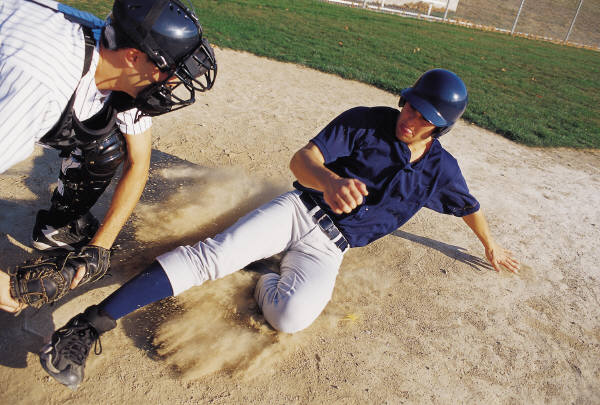
by: Brad Yeargin, Columbia SC
A concussion is a brain injury in which the brain collides with the inside of the skull. Concussions always are serious, can occur in any sport, and can result from a blow to the body or a shaking at the head. Most of them occur without a loss of consciousness.
Adolescents are more likely than adults to get concussions and their recovery takes longer. Athletes with a history of concussions are at an increased risk for another concussion. A repeat concussion before the brain is fully healed from the first injury will take longer than normal to recover from and increases the likelihood of long-term problems.
Recognition of and proper response to concussions when they first occur can prevent further injury or even death.
Here’s a checklist of signs and symptoms to consider:
A forceful bump, blow or jolt to the head or body
Concussion symptoms or a change in the athlete’s:
What you can see
What the athlete reports
Remove athlete from competition
Ensure the athlete is evaluated by a health care professional experienced in concussion evaluation
Inform athlete’s parents of possible concussion
Keep athlete out of play until cleared by a health care professional

